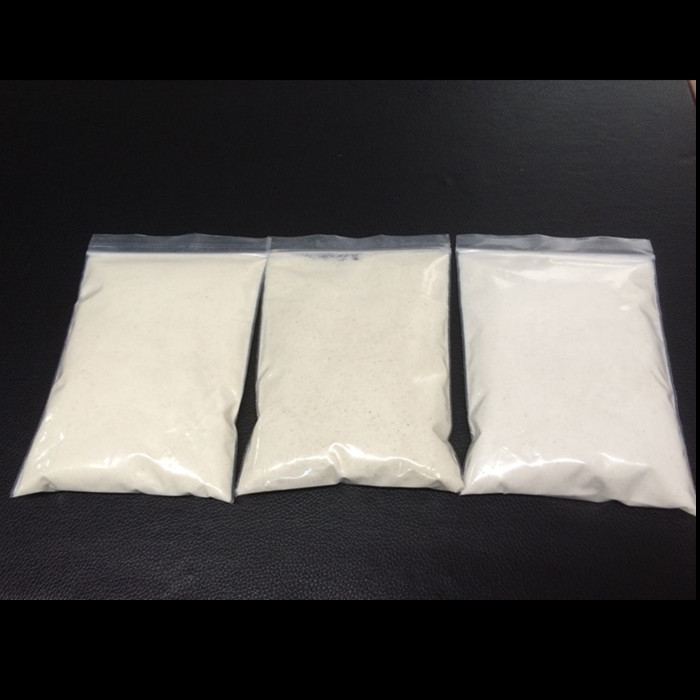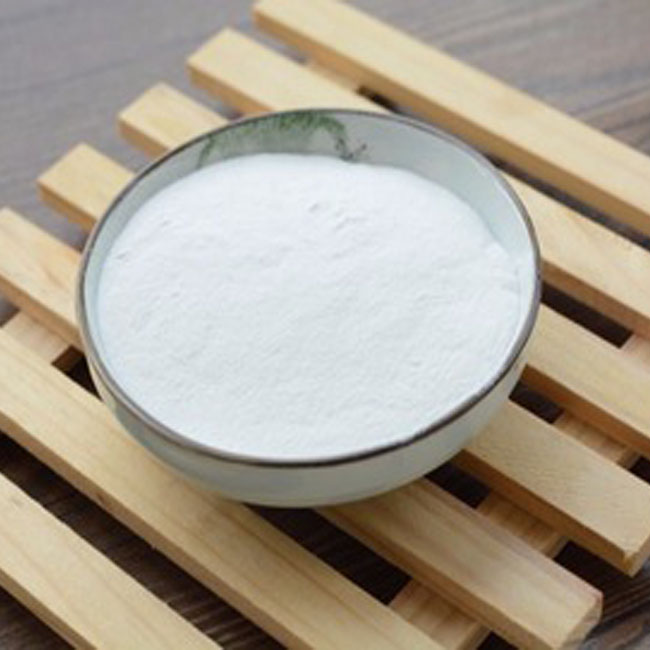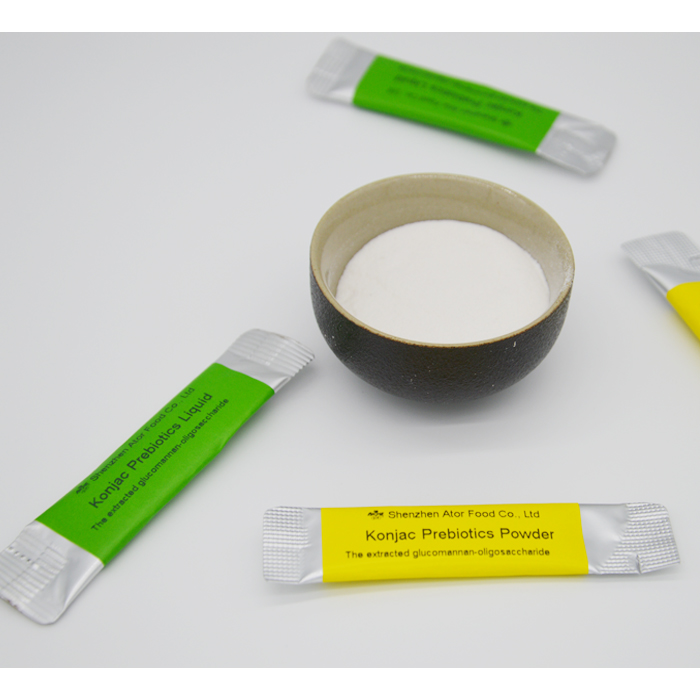|
Konjac is a kind of beneficial alkaline food, which can achieve the balance of acid and alkali in food.
Some types of tubers of Konjac are rich in konjac polysaccharides, especially the content of white konjac and konjac cultivars is as high as 50-65%.
Konjac polysaccharide, also known as konjac glucomannan, is a linear polymer compound linked by a large number of mannose and glucose and β-1,4-glycoside.
In addition to medicine, konjac polysaccharides have a wide range of uses in textiles, printing and dyeing, cosmetics, ceramics, fire protection, environmental
protection, military, and oil exploitation.


The benefits as below:
First, the dietary fiber absorbs water in the gastrointestinal swell, increases in volume, and enhances satiety.
Soluble fibers form a colloidal state that retards the absorption of glucose and fat. Gradually lower blood sugar and blood lipid levels.
Therefore, it can effectively prevent the occurrence of hyperglycemia and hyperlipidemia diseases.
Second, shorten the time that food stays in the stomach. Generally speaking, ordinary food takes 28 hours to empty from the intestine.
Foods rich in dietary fiber take only 14-16 hours, which greatly reduce the absorption of harmful substances.

Third, dietary fiber can also adsorb and dilute carcinogens and toxic substances to exclude them from the body, thus having a certain degree of anti-cancer function.
Fourth, the fiber is degraded in the intestine, causing the pH value in the intestine to decrease, which affects the metabolic activity of anaerobic bacteria and becomes
a source of anti-tumor factors.
Fifth, dietary fiber can also promote the conversion of cholesterol to bile acid, reduce the conversion of bile acid through the liver, thereby lowering cholesterol,
thus inhibiting the rise of cholesterol.
|



